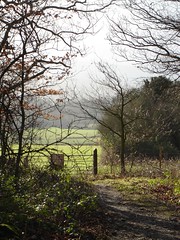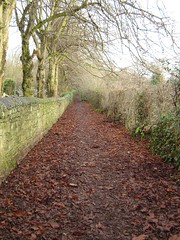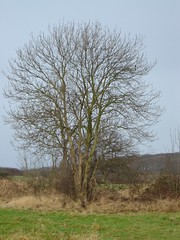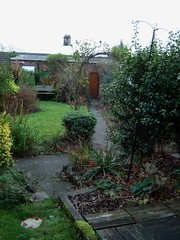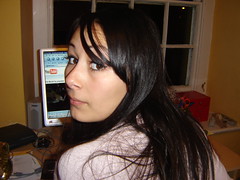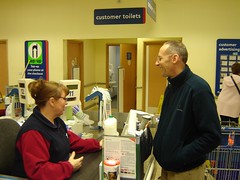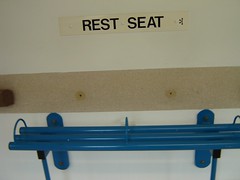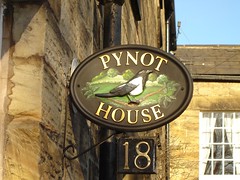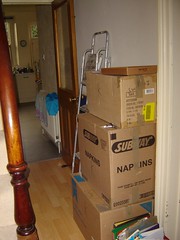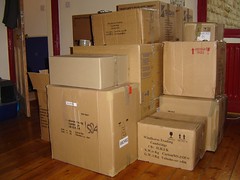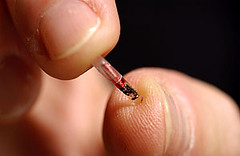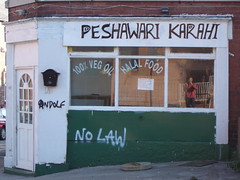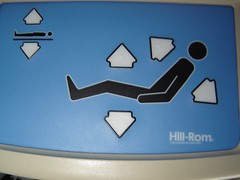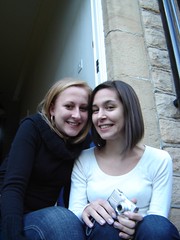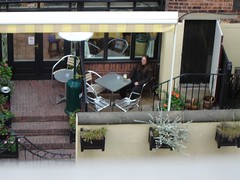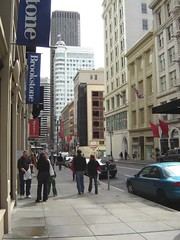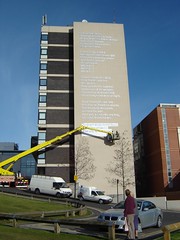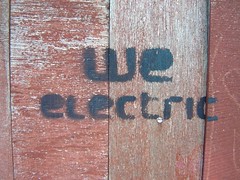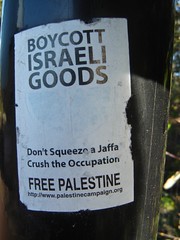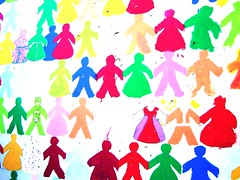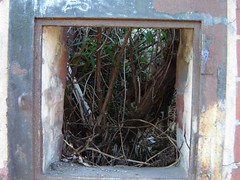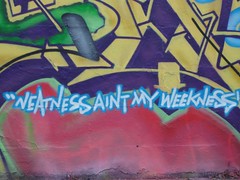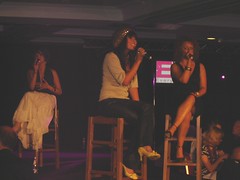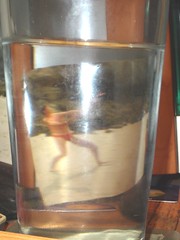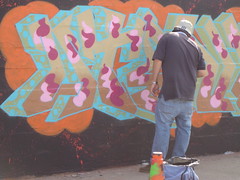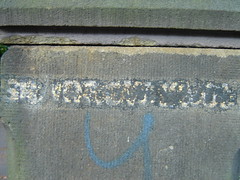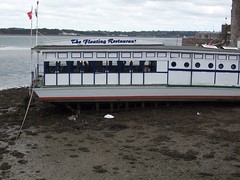 pink rose
pink rose
Picking the key characteristics of Web 2.0 is a tricky business. It depends who you ask. I’ve been working from the basic principle that Web2.0 describes the shift from giving information (one-to-many) to providing spaces for social participation (many-to-many). That means that providers offer services and not products, and also that the content is largely user-generated. Most of these ideas are explored in Colin and Michele’s second edition of “
New Literacies”. However, the ideas of ‘implicit’ and ‘explicit’ participation discussed
here, add another dimension. Participation is blended with aggregation – so the tag clouds on Flickr show cross-site trends, and the 'popularity' and 'interestingness' ratings map the attention that individual contributions receive. So the intelligence/architecture of a social networking site is important, and presumably exerts a subtle influence on the network itself. Web 2.0 provides spaces for interaction, but these are not simply open spaces – they are designed spaces which delineate the possibilities and have specific social affordances. Looking at apps like Blogger, Flickr and Netvibes you can also see some other trends. These spaces are easy to personalize – you can pull in the features you need (widgets often designed by other users) and the basic templates and software are constantly evolving. In a way the apps are learning about you and learning from you all at the same time. Of course there’s a thorny question at the heart of this: who’s controlling who? Users, myself included, celebrate the creativity, interaction and ‘voice’ that Web 2.0 allows, but at the same time we provide the content, fill in their boxes, customize their software, and generate the information that they exploit... and get rich on.
